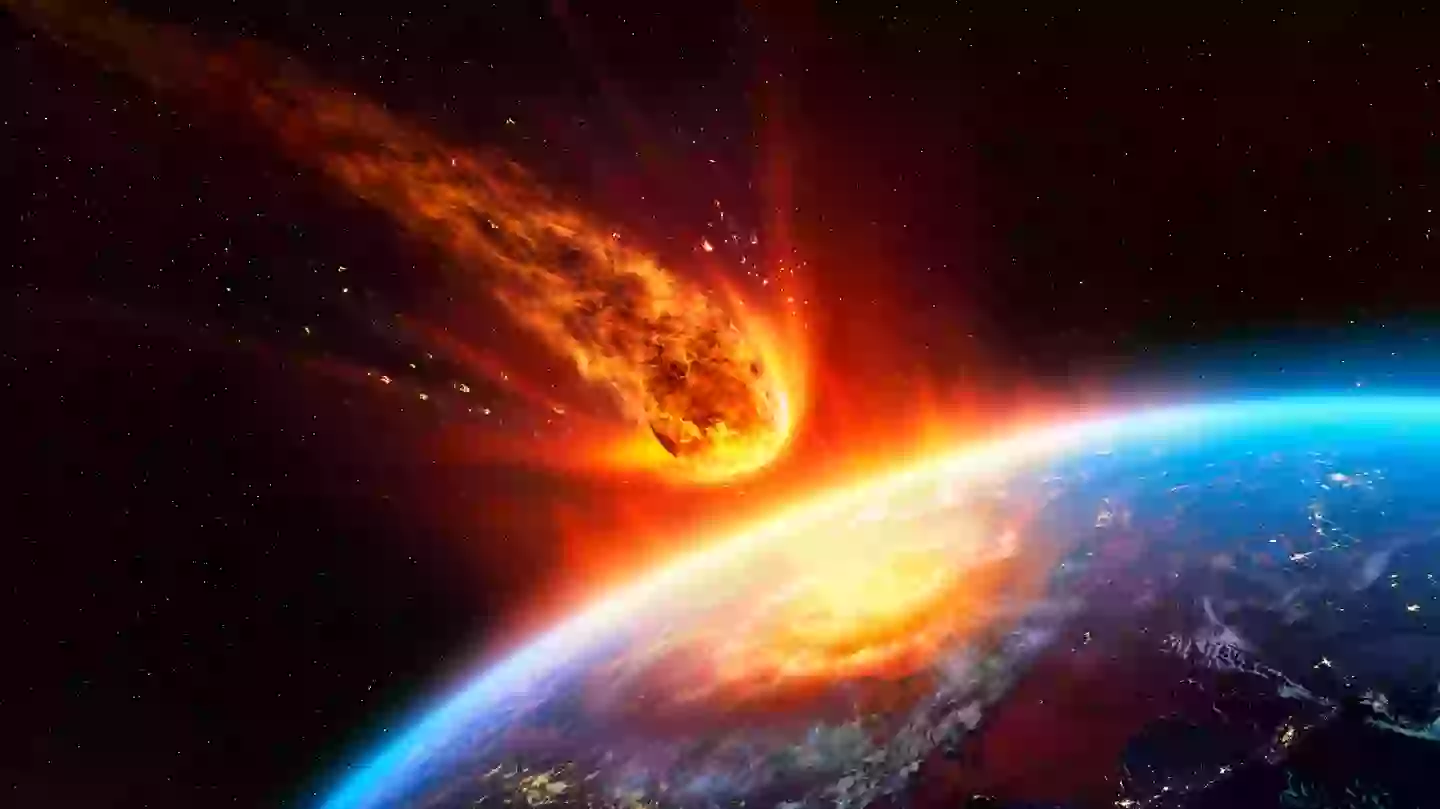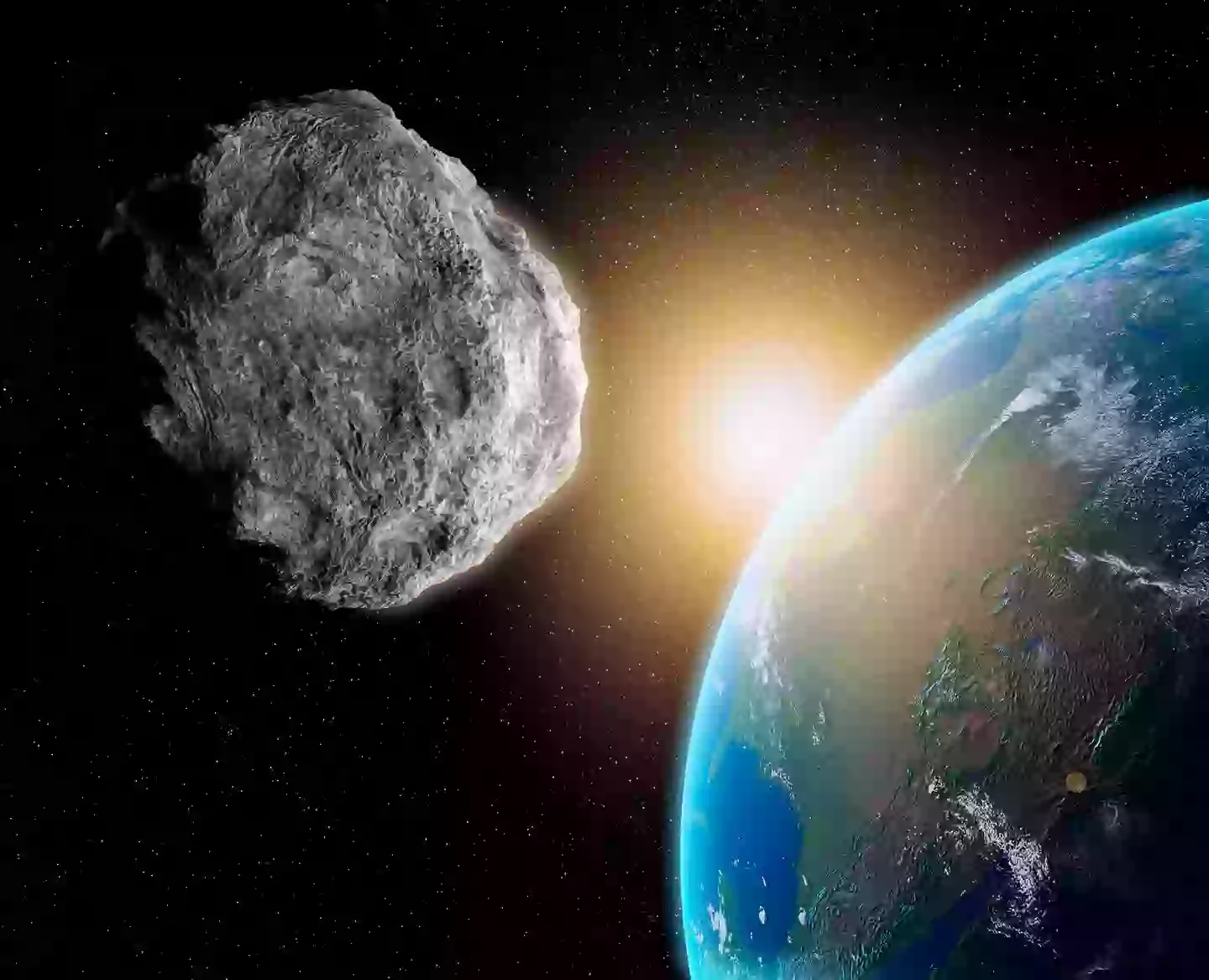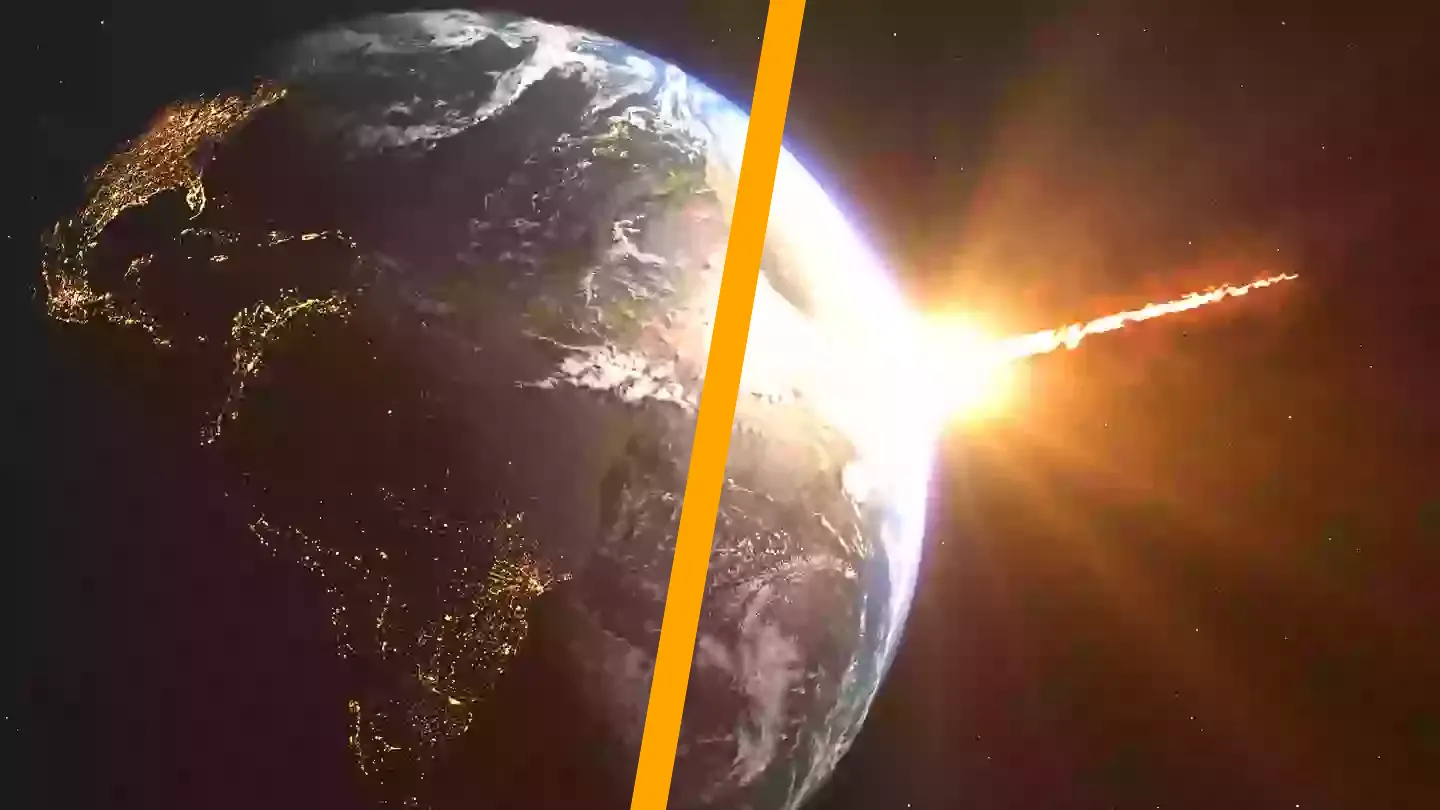NASA has revised the probability of a ‘city-destroying’ asteroid impacting Earth in seven years.
Experts have indicated that Asteroid 2024 YR4 might strike Earth on December 22, 2032, potentially causing significant damage.
The asteroid might be comparable in size to the Statue of Liberty, urging scientists to consider their response strategies carefully.
David Rankin, an operations engineer at the University of Arizona’s Catalina Sky Survey, forecasts that the asteroid could hit areas ranging from northern South America, across the Pacific Ocean, to southern Asia, the Arabian Sea, and Africa.

This means that countries such as India, Pakistan, Bangladesh, Ethiopia, Sudan, Nigeria, Venezuela, Colombia, and Ecuador could face significant impact risks.
With the potential impact locations identified, what is the latest probability of the asteroid descending upon Earth in 2032?
The odds appear to be increasing with time.
Earlier this month, NASA’s evaluation of Asteroid 2024 YR4’s collision likelihood rose from 1.2 percent to 2.3 percent.
Subsequently, the agency has discreetly raised these chances to 2.6 percent, equating to a 1-in-38 chance.
NASA’s Center for Near Earth Object Studies has assessed the asteroid as a three on the Torino Scale, which measures both the likelihood and potential consequences of an impact, according to the Independent.
A score of 10 on this scale would signify a global catastrophe akin to the event that led to the extinction of the dinosaurs.
There is also a 0.3 percent chance that the asteroid might collide with the Moon.

If such a rare event were to happen, it would have minimal impact on Earth.
“There is the possibility this would eject some material back out that could hit the Earth, but I highly doubt it would cause any major threat,” Rankin told New Scientist.
Gareth Collins from Imperial College London also noted: “We would be quite safe on Earth. Some small ejecta fragments might reach Earth, but [would be] totally harmless.”
These fragments would likely disintegrate in Earth’s atmosphere, posing no danger to us.
The Double Asteroid Redirection Test (DART), a mission designed to explore and demonstrate a method of asteroid deflection through kinetic impact, is being utilized to gain insights into the asteroid’s behavior.

